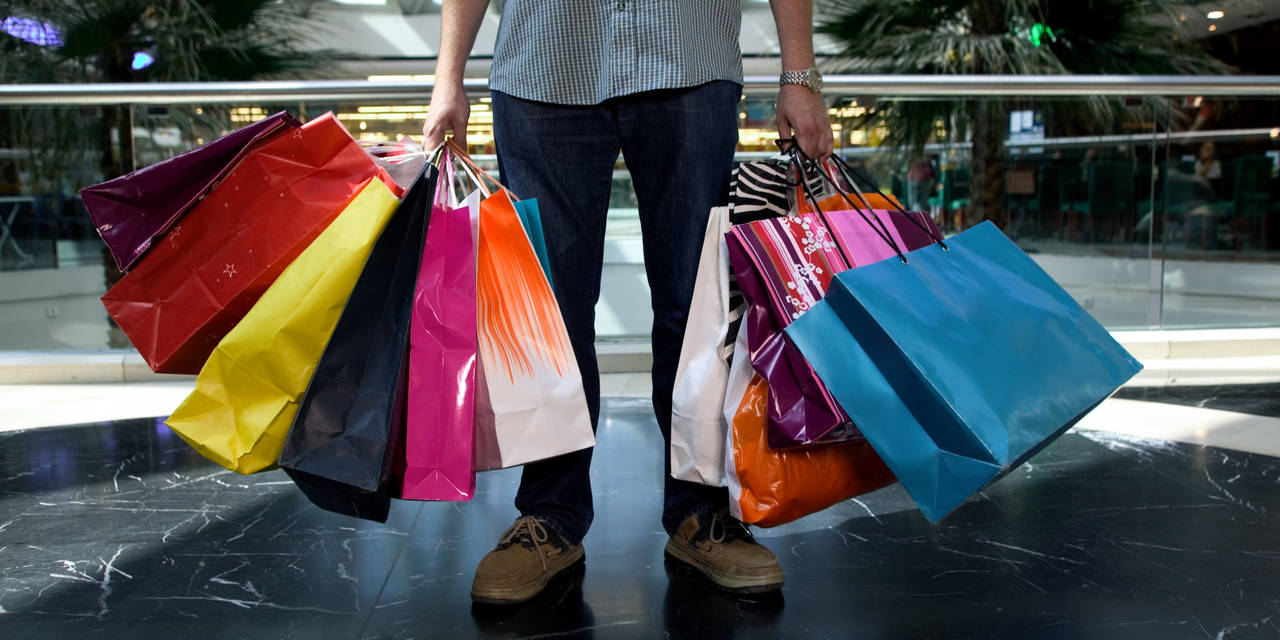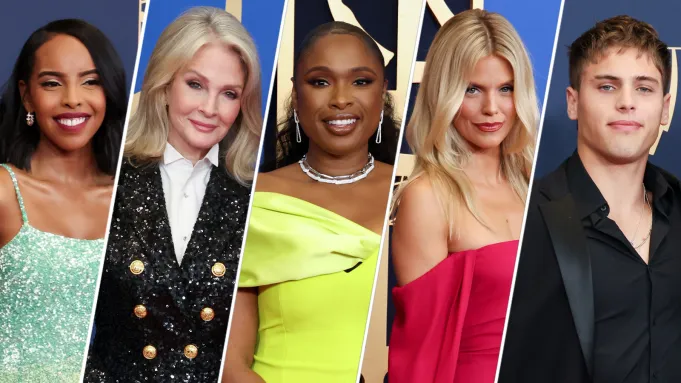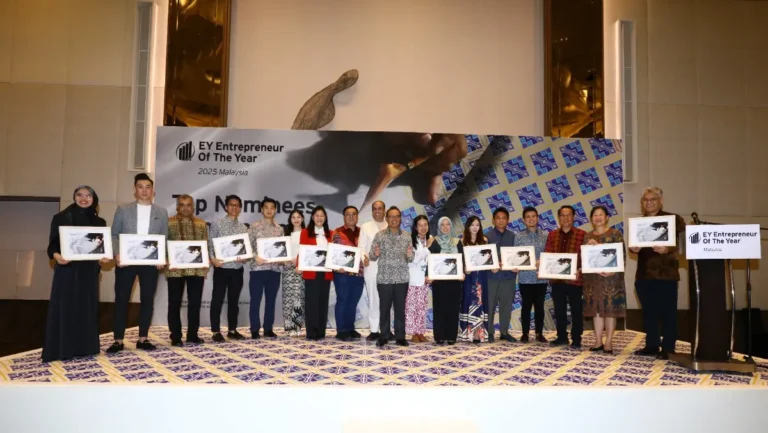In a world driven by consumerism and the pursuit of material possessions, a growing number of Americans are now questioning the necessity of constant shopping and endless upgrades. This cultural shift, known as “underconsumption core,” is gaining popularity, offering a refreshing alternative to the consumer-driven mindset that has dominated modern life for decades. Rather than chasing after the latest fashion trends or must-have gadgets, underconsumption advocates are finding fulfillment in simplicity and sustainability.
Social media, particularly TikTok, has become the epicenter of this movement. Influencers in the underconsumption space proudly showcase their minimalist lifestyles, emphasizing long-lasting, high-quality items that have been in their possession for years. From second-hand furniture to makeup collections with only a few essential products, these individuals highlight the joy of living with less and resist the pressure to continually purchase new things.
Megan Doherty Bea, an assistant professor of consumer science at the University of Wisconsin-Madison, sees this as a direct response to the overwhelming pressure placed on consumers. “People are pushing back against the idea that material goods are the key to happiness and success,” she explains. The trend represents a broader desire to reclaim control over personal choices in a society that often equates value with the accumulation of things.
Data from Google Trends reflects the increasing interest in underconsumption core, with searches for the term soaring by more than 4,250% over the past year. Users on TikTok are enthusiastically sharing their experiences with the lifestyle, posting videos that illustrate how they live with fewer, carefully chosen possessions. Many of these posts receive widespread praise, signaling a significant cultural shift away from the traditional consumerist mindset.
But this trend is not just about avoiding overspending; it’s also a response to the unrealistic lifestyles portrayed by many influencers and brands. The underconsumption movement seeks to challenge the idea that happiness is found in keeping up with the latest fads and products. Instead, it promotes a more thoughtful approach to consumption, with a focus on sustainability and environmental responsibility. Advocates are calling for less waste, fewer discarded items, and more meaningful relationships with the things they own.
Economic conditions have also played a role in the rise of underconsumption. As inflation and high interest rates make daily life more expensive, many Americans are looking for ways to cut back and save. The days of pandemic-induced spending sprees, where people bought everything from home exercise equipment to kitchen gadgets, seem to be waning. Instead, more people are choosing to embrace a lifestyle centered on thoughtful consumption and financial responsibility.
Diana Wiebe, a 30-year-old TikTok creator, has garnered a large following by posting videos that critique the consumer-driven content of other influencers. Her “de-influencing” videos encourage her 200,000 followers to reject the constant bombardment of product recommendations and focus on more meaningful purchases. Her mantra — calling many of the items promoted by influencers “garbage” — resonates with a growing audience that is tired of feeling pressured to buy things they don’t need.
Retailers are beginning to notice the shift in consumer behavior. Major chains such as Kohl’s and Best Buy have reported a decline in sales, a stark contrast to the shopping frenzy seen during the height of the pandemic. As consumers pull back on spending, companies are being forced to rethink their marketing strategies and adapt to a new reality where less is more.
The environmental benefits of underconsumption are also a driving force behind the trend. Eleanor, a 24-year-old from Utah, has become more mindful of her purchases after seeing the environmental impact of fast fashion firsthand. “I’d rather invest in two high-quality swimsuits that will last for years, rather than buying 20 cheaply made ones that will end up in a landfill,” she says. Her approach reflects a growing awareness of the need for sustainability in a world that produces far more than it consumes.
Despite the popularity of underconsumption, not everyone agrees that cutting back on spending is the solution for everyone. Some experts argue that shopping can provide emotional benefits, including a sense of control and happiness. Suzanne Lambert, a 32-year-old consultant from Virginia, appreciates the mindfulness promoted by underconsumption but believes that personal spending habits are highly individualized. “What works for one person might not work for another,” she says, highlighting the need for flexibility when it comes to personal finance and consumption.
Ultimately, underconsumption core is not just a trend; it’s a reflection of a deeper cultural shift toward simplicity, sustainability, and intentionality. As more Americans embrace this lifestyle, they are redefining what it means to live well in a society that has long equated happiness with consumption.









